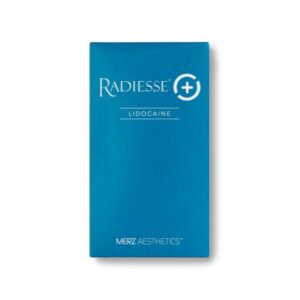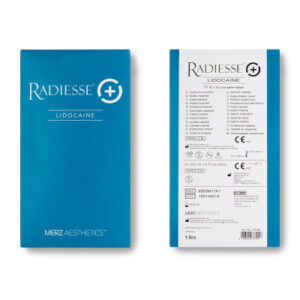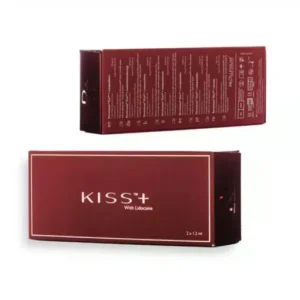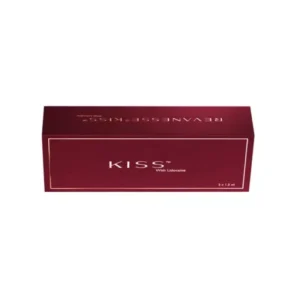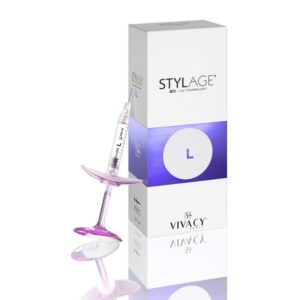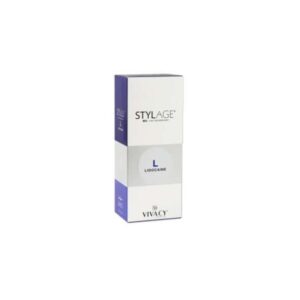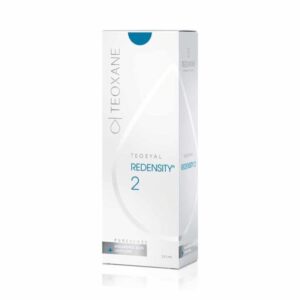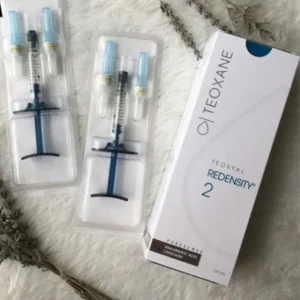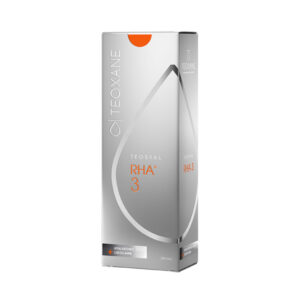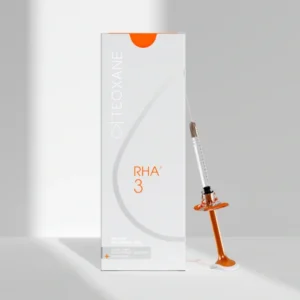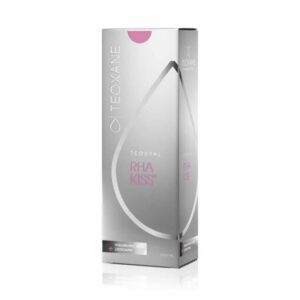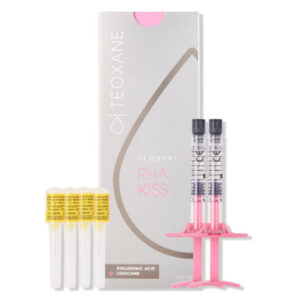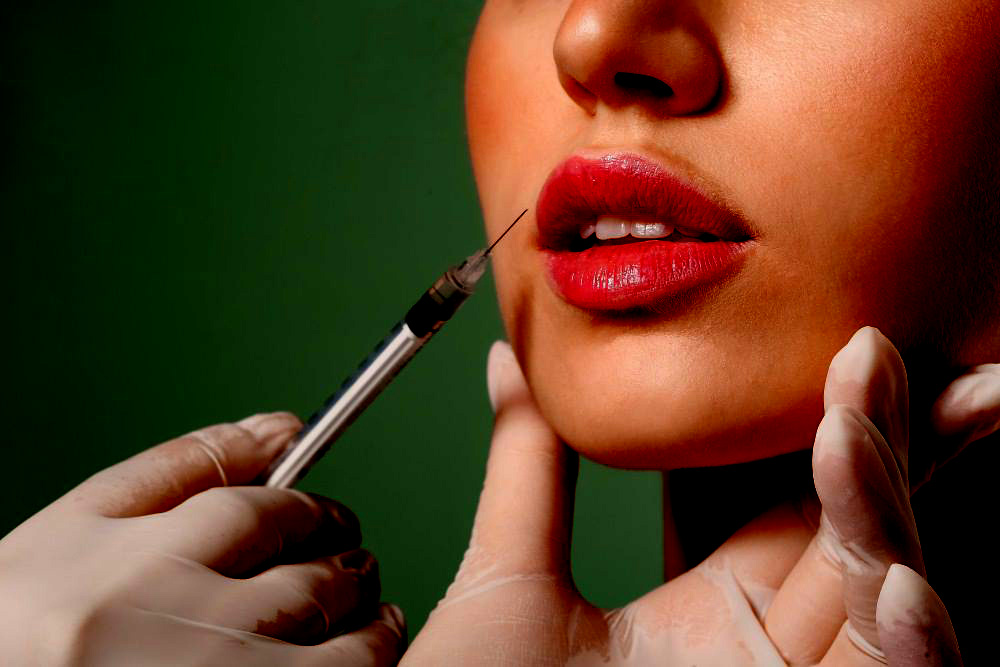Dermal Fillers
Botox Injections
Dermal Fillers
Dermal Fillers
Dermal Fillers
Dermal Fillers
Dermal Fillers
Dermal Fillers
Dermal Fillers
Dermal Fillers
Dermal Fillers
Types of dermal fillers and their Ingredients
1. Hyaluronic acid (HA) fillers
The most common type of dermal filler is hyaluronic acid (HA) filler. HA is a naturally occurring substance in the body, known for its ability to retain moisture and provide volume.
Popular HA products like Juvederm and Restylane are often used for lip augmentation, cheek enhancement, and smoothing out facial wrinkles.
One of the key advantages of HA fillers is their reversible nature; if you are unsatisfied with the results, an enzyme called hyaluronidase can be used to dissolve the filler.
2. Calcium hydroxylapatite (CaHA) fillers
Another category includes calcium hydroxylapatite (CaHA) fillers, such as Radiesse. These fillers are thicker and provide more structure, making them ideal for deeper wrinkles and folds.
CaHA stimulates natural collagen production, offering results that can last longer than HA fillers. This makes them a popular choice for individuals looking for more significant volume restoration.
3. Poly-L-lactic acid (PLLA) fillers
Poly-L-lactic acid (PLLA) fillers, like Sculptra, work differently. Rather than providing immediate volume, they stimulate collagen production over time, gradually improving the skin’s appearance.
These fillers are particularly effective for facial volume loss due to aging and can result in a more youthful appearance without the need for frequent touch-ups.
4. Permanent fillers
Lastly, there are permanent fillers, such as polymethyl methacrylate (PMMA). These provide long-lasting results but come with a higher risk of complications and are less commonly recommended compared to temporary options.
Benefits and common uses of dermal fillers
- One of the primary advantages of dermal fillers is their ability to instantly restore volume to areas of the face that may have lost fullness due to aging, such as the cheeks, lips, and under the eyes. By plumping these areas, fillers can create a smoother, more contoured look, enhancing natural beauty.
- Dermal fillers are commonly used to reduce the appearance of fine lines and wrinkles. They can effectively soften nasolabial folds, marionette lines, and vertical lip lines, giving the skin a more refreshed and youthful appearance.
- Many people also turn to fillers to enhance their lips, achieving a fuller and more defined look that can dramatically change the overall balance of the face.
- Dermal fillers can also be employed in reconstructive procedures, helping to restore facial symmetry after injury or surgery. Their versatility makes them suitable for a range of applications, from enhancing the chin and jawline to improving the appearance of scars.
- The results of dermal fillers are immediate, allowing clients to see the effects right after treatment. Depending on the type of filler used and the area treated, results can last anywhere from six months to two years, making it a convenient option for those seeking a temporary yet significant change.
However, as with any cosmetic treatment, it’s essential to consult with a qualified professional to ensure you choose the right type of filler for your specific needs and goals.
Frequently Asked Questions (FAQ)
Yes. One of the key advantages of using dermal fillers for buttock enhancement is the minimal downtime associated with the procedure. Unlike surgical options, such as Brazilian butt lifts or implants, fillers offer a non-invasive alternative that allows patients to return to their normal activities shortly after treatment. Results can be seen immediately, with effects lasting anywhere from several months to over a year, depending on the type of filler used.
Buttock filler injections, also known as non-surgical butt lifts, can last anywhere from 12 to 24 months, but the length of time depends on several factors. The type of filler used, your metabolism, and lifestyle habits can all affect how long your results last.
As with any medical procedure, there are risks involved with the use of dermal fillers. Most side effects associated with dermal fillers, such as swelling and bruising, occur shortly after injection, and many resolve in a few days to weeks. It is advisable to seek the help of a professional in the medical field before indulging with dermal fillers.
You should not use dermal fillers if you are pregnant or breastfeeding, under 18 years of age, or if you have:
- Allergies to synthetic substances found in some dermal fillers.
- Blood clotting disorders such as hemophilia or thalassemia.
- Certain autoimmune diseases.
- Certain infections, such as dental abscesses, ear, nose, or throat infections, or gastroenteritis.
- Certain skin diseases.
- Tuberculosis.
Dermal fillers can last anywhere between 3 months and 5 years, depending on the type of filler used. procedure and aftercare tip.
According to the latest statistics from the American Society of Plastic Surgeons, the average cost of hyaluronic acid dermal fillers is $715, the average cost of non-hyaluronic acid dermal fillers is $901, and the average cost of lip augmentation with dermal fillers is $743.

